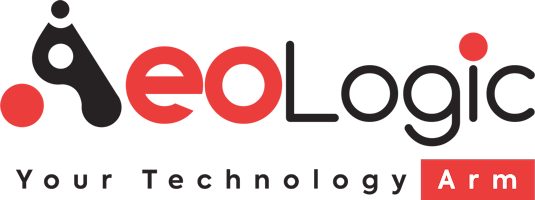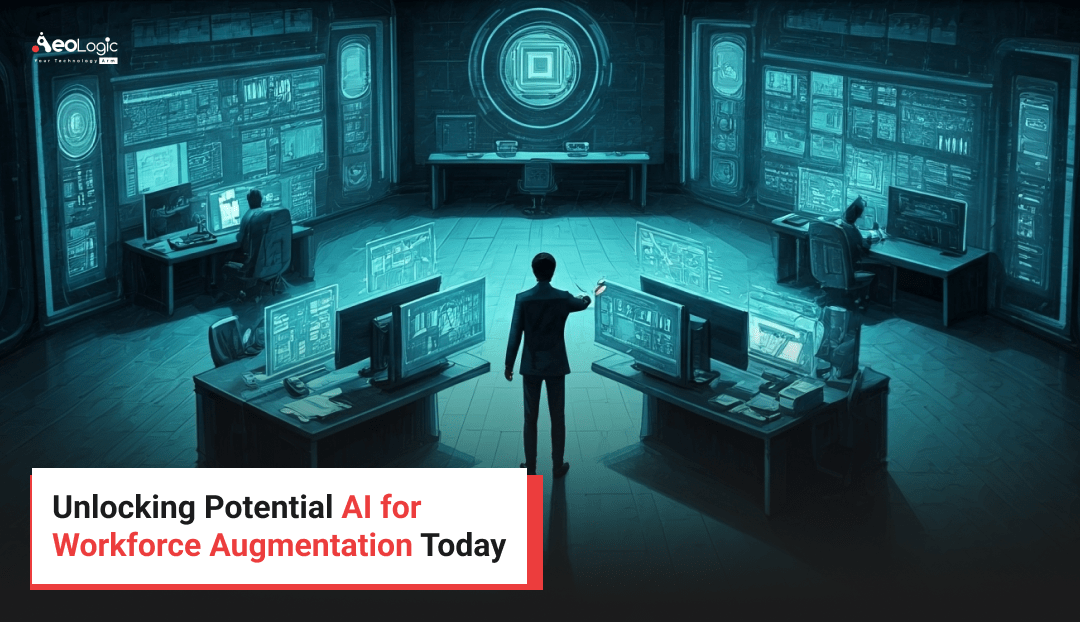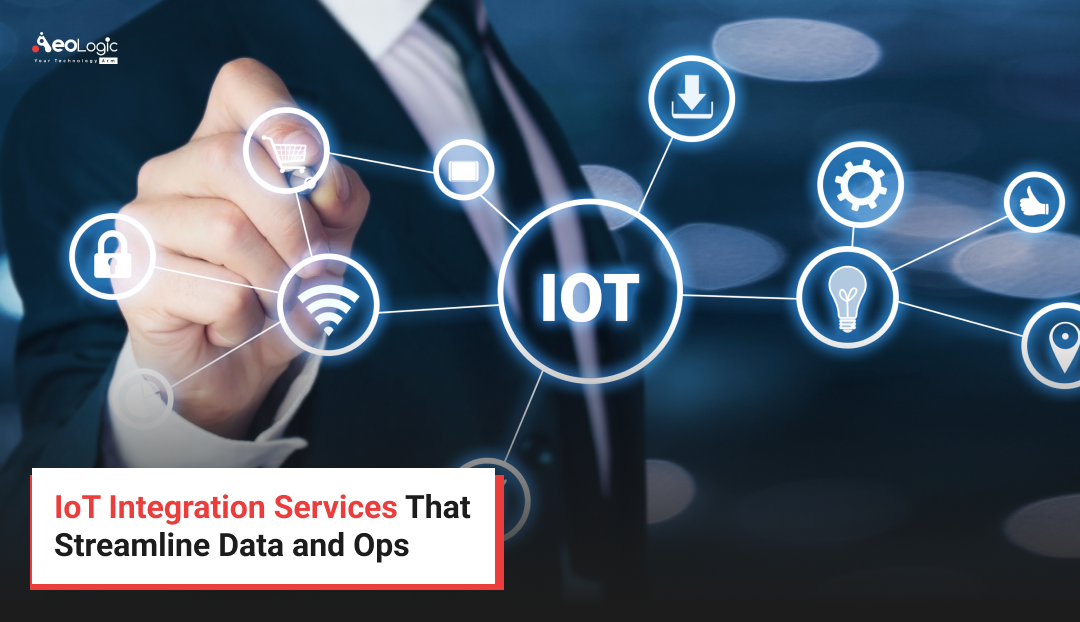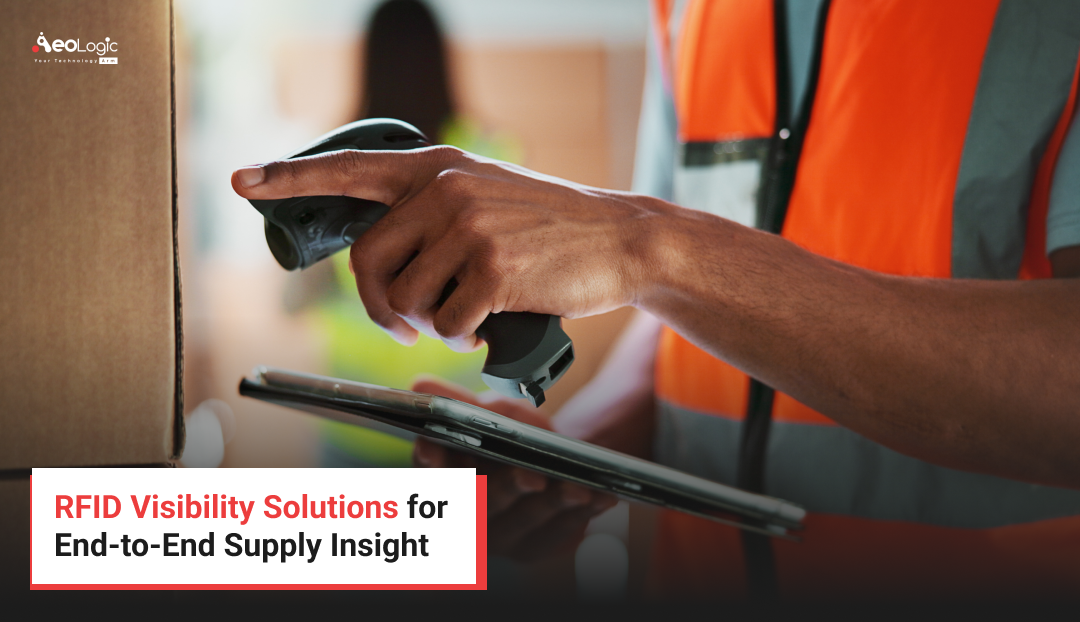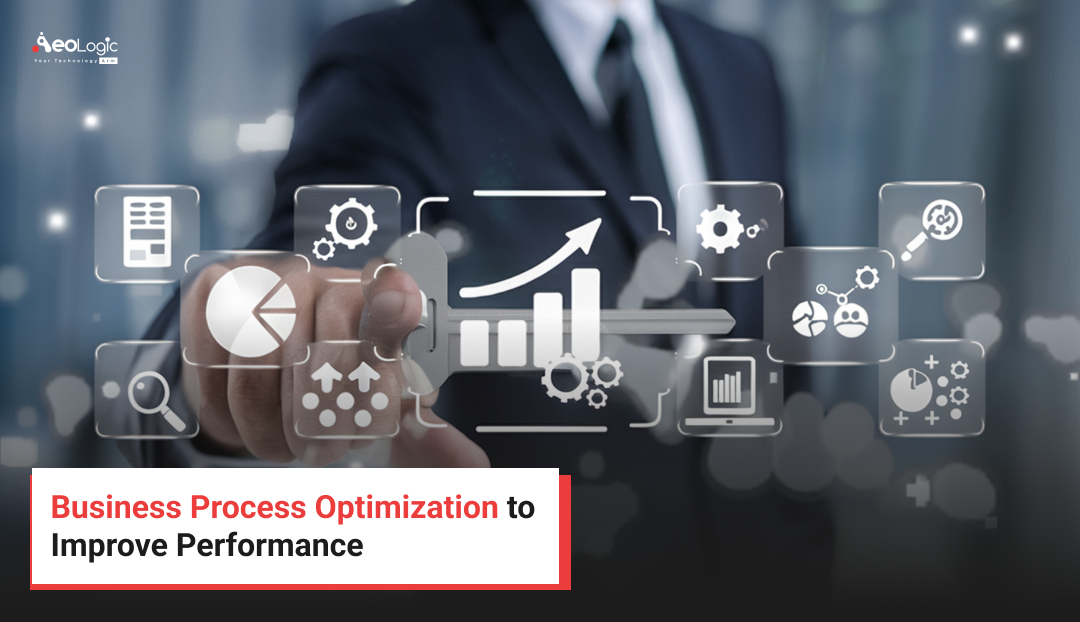Artificial intelligence is changing the way people work in many industries. Business leaders need to help their teams get ready for a future with AI. AI does more than simple tasks. It can help people do their jobs in new and better ways. Teams that use AI can get more done in less time. If organisations do not start using these tools, they might fall behind others. As AI changes the workforce, business leaders must make sure everyone can keep up and work well with these new tools. They need to help employees know how to do their best work with AI as part of the team.
Understanding the AI-Augmented Workforce in the Scaled Agile Framework
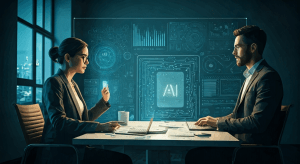
Bringing the power of AI technologies into the Scaled Agile Framework (SAFe) can make the workforce do better work. When you use tools like machine learning and robotic process automation, teams can spend less time on those repetitive tasks. The team can work on bigger plans that mean more to the business. This lets your business join what you want to do with what the technology can give you. It also helps everyone here share and work together in a good way with each other.
The Scaled Agile Framework helps businesses to make changes fast. When you use AI with your different workflows, your team can react quickly to new things that come up. If you add what people already know, these AI-driven answers bring new ideas into how teams be agile. This helps keep teams fast, smart, and ready to take on anything that happens.
Key Principles of Scaled Agile and AI Integration
Bringing AI into the Scaled Agile Framework means starting by looking at the most important parts of how teams work. The goal in agile is to be flexible, to help each other, and to always improve. Mixing these things with AI and ai technologies can help teams work better. For example, when a team uses natural language processing, it helps them talk about projects. It listens to what people say and points out useful ideas that the group can use.
Business automation helps Scaled Agile teams a lot. One tool that makes work faster is robotic process automation. It handles simple and repeat jobs across many workflows. At the same time, machine learning gives good data guesses. This helps teams plan better. When teams use automation, their workers have more time for creative work.
Bringing AI into how projects are done helps every team work with more agility. Generative AI tools such as ChatGPT and IBM Watson make hard work easier. The team can use these tools to plan each project step or build a fast model of a new idea. Because of this, teams can feel and be smoother as they work. They can also change fast but still keep their work good. When you use this mix of AI and teamwork, both the small, daily jobs and big projects will feel more agile.
The Evolution from Automation to Augmentation
The shift from old robotic process automation (RPA) to using AI alongside people in the workforce is a big change. Automation uses ai technologies to do tasks that people used to do by hand. But adding AI, called augmentation, is not about taking away jobs. It is about helping people. AI works with them. People can use ai to look at answers faster. For example, predictive modelling lets people see what AI says and know the meaning quickly. They do not have to trust algorithms on their own.
With ai, workers can get some real benefits. They are able to use things like computer vision and natural language processing. These tools help them do more in their jobs. This can make customer service faster and also help them change their workflows when they need to. Simple automation is there to do the same jobs in the same way every time. But when you have augmentation, teams are able to share real-time data with others.
Companies that start to use augmentation with their workforce are changing how things get done. With ai technologies, employees can now work in smarter ways, not just do more work. This approach does not just let ai take over tasks that use a lot of time, but also helps people in the workforce get better, learn new things, and lead to new ideas. So, they can use the latest tools, push past their limits, and make the business more productive.
Strategic Advantages of AI-Augmented Teams

Bringing AI into your workforce can help you get a competitive advantage. It makes business processes much faster, and it can help teams work well together. With generative AI and machine learning, these teams can solve problems fast.
Now, being fast and ready to change is important to do well at work. AI helps people with their workflows by giving new ideas right away and by taking care of simple tasks on its own. Teams can use virtual assistants to help make their customers feel happier, and they can use AI to build a better supply chain. AI helps teams be strong and get good results that last, even as the business world gets busier every day.
Enhancing Decision-Making and Problem-Solving
AI-driven predictive analytics is changing how agile teams make decisions. It uses real time data processing to look at large amounts of data and give quick insights. This helps people in business to see changes in the market or spot problems at work before they turn into big issues. With analytics and AI, you can be ready for what comes next and fix things early.
With data processing and smart algorithms, leaders can make better predictions. For example, predictive analytics can help say what inventory levels to have when things get busy. It can also point out potential risks before they happen. This means people can use data instead of just guessing, which helps cut down on mistakes and gives better results for the business. Analytics and algorithms work together to make choices easier and more reliable.
AI technologies help people work together in teams. Machine learning is used in virtual assistants to give tips while teams talk. When you use natural language processing, meeting notes are made shorter and clearer. This helps everyone see all the ideas and the workflows move faster. With these AI tools, teams can feel ready to face hard problems and do well over time.
Accelerating Innovation and Product Delivery
Adding generative ai solutions into agile workflows lets companies deliver products faster and smarter. Tools like ChatGPT and IBM Watson help the team create better prototypes. They also let everyone come up with quick answers when new needs come up. This helps organisations stay ahead in a market where there is a lot of competition. Using ai with your workflows makes the work go more smoothly and gives you better results.
Innovation gets better when teams use AI models that can copy each step of a product’s life. This means from when the first idea starts to when people say what they think about it. When leaders use AI to remove steps that slow everyone down, teams can bring good products out faster.
Also, AI helps teams make their products better over and over again. Predictive analytics help show trends. Natural language processing tools read customer reviews and make it easy to make updates. When people work with AI tools, they build a strong and flexible product system. This helps them be ready for any changes.
Redefining Roles and Skills for the Future Workforce
The future workforce will need to be quick to adjust to new things, especially as they use more AI in their jobs. Leaders must find ways to help team members improve key skills. This includes problem-solving, getting along well with people, and thinking in a creative way. These are skills that only people can do, and they are very important for all of us.
When organisations make reskilling and upskilling a big part of their plan, jobs can start to feel different. Team members get to use AI to help them do better and bigger tasks. As job roles begin to depend more on AI, the workforce will gain more agility. This will let people work in new ways and get more from the technology they use.
Identifying Essential Human Skills in an AI Era
To get the most out of ai and automation, businesses need strong human skills. People are key to this work. These skills help a team do well for a long time. You cannot swap them with automation. Having them is good for now and for the years ahead.
- Human creativity: Employees need to keep working on human creativity so they can come up with new ideas by using ai.
- Problem-solving: Teams have to think clearly and use ai in the right way to work out problems.
- Adaptability: Being open to learn about new technologies helps teams handle changes without trouble.
- Empathy: When people get what others feel, it helps everyone work better together, especially in jobs that still need a human touch, not just machines.
These knowledge workers are different because they use both their thinking and technology together. They help to move projects forward. This also helps people work better with others in the workplace.
Upskilling and Reskilling Initiatives for Agile Teams
Building workforce agility begins when you help workers learn new skills so they can use AI in their daily tasks. Upskilling means you support people to do better in their own jobs. For example, you may train customer support teams to use AI chatbots in their work. On the other hand, reskilling is about getting people ready for new jobs. A person who used to do manual data entry might switch to a role that uses analytics to work with data in a new way. This way, people and teams can work well with AI every day.
Businesses need to see these learning efforts as key if they want to do well at work. The best way to do this is to make sure the learning plans fit with what the company is trying to do. For example, giving clear and simple generative ai training can help people learn fast. It lets them get used to their new roles more easily as they start to use ai in their daily work.
In the end, companies should spend both money and time on talent development. This means giving their workforce things like mentors and on-the-job training. By doing this, people at work can get used to new ai and analytics tools. They can keep up with changes in the workplace and stay ahead of others in the game.
Leading Organizational Change for AI Adoption
Making a business better with ai begins with the leaders. They need to help people feel okay with change. They should talk with the team about how ai can help them and show how, with good support, ai helps make daily workloads easier for everyone.
To do this, it is good to have plans that support organizational change. These plans help teams try new ideas. People can talk about what makes changes hard and find better ways to do the work. Leaders can show everyone how to use AI together. This helps teams see the long-term good that comes with more agility. As time goes on, this way helps people trust new tools. Teams get more out of their work and get better at handling change.
Building a Culture of Continuous Learning
A good AI workplace needs people who keep learning new things. Personal development is important for all team members. You can use webinars about natural language processing to help everyone get new skills and grow. This way, we can all work better together in AI.
Team members should get rewards when they use new AI tools. Mentorship programs help team members meet each other, both those who have been here for a long time and those who are new. These programs help us all learn how to handle change. Giving team members online resources makes it easier and faster for us to remember new things as the workplace changes.
When the workplace supports lifelong learning, team members keep doing good work. They also get to try new technologies. These new technologies can change the way we all do our jobs.
Overcoming Resistance and Managing Ethical Concerns
Driving ai adoption means leaders have to be ready for pushback. They also need to deal with hard choices about what is right. Some people at work may worry that ai will change or even hurt their jobs. They may not see how big the changes from ai can be. Being open about things and teaching new skills can help people feel less worried.
There are a few things you should know about what is right, mainly when you look at data privacy. AI needs to look at some very private data. This means there must be ai oversight and safety rules in place.
| Challenge | Solution |
| Resistance to adoption | Offer workshops to explain ai benefits to the team |
| Job displacement concerns | Show how ai helps people do their jobs, not replace them |
| Data privacy risks | Make sure your company follows strict safety rules |
If you use these ideas, there will be less trouble. That way, organisations can bring in ai in the right way and get better results.
Conclusion
To sum up, when you bring ai into the workforce using the Scaled Agile Framework, people are able to do more and reach new goals. If you add ai the right way, the team can make better choices, get work done faster, and change their roles to meet what today’s workforce needs. Leaders need to help everyone keep learning new things and talk about any worries, so the team and ai can work together well. If you want to find out how ai can help your team do more and work better, you can book a free meeting with our experts. Start your journey now and build a stronger workforce.
Process Flow

Frequently Asked Questions
What are the biggest challenges leaders face when integrating AI into Agile teams?
The challenges in this are mostly about having strong oversight when you add AI. There are also some potential risks you need to think about. One of the main problems is with data privacy. Some people in agile teams feel things might change too much. Business leaders need to talk clearly with their teams about these changes. They should also give training on AI technologies. This can help all of us get used to AI in a better way.
How can organizations ensure that AI complements rather than replaces human roles?
Companies need to spend money on staff upskill programs. They should also clearly tell everyone how ai will help human workers and not take away their jobs. Team effort and tools should fit well into company workflows. This way, ai works with people and not against them, so business processes can get better.
What practical steps can leaders take to foster collaboration between humans and AI?
Support your team members by helping them learn about AI tools. Give them training so they can use these tools in their work each day. Create workflows that use new AI technologies. This will help people do their tasks in better ways. Leaders need to keep talking with their team, so everyone knows what to do and can work well together. When you do this, the team will feel good about using AI and will be ready for more new ideas in their daily work.
How does AI impact employee engagement and job satisfaction within Agile frameworks?
AI can take care of repetitive tasks. This helps cut down on burnout. With less busy work, the team has more time and space to work on hard or creative projects. In agile teams, this means people feel more engaged and happy at work. Employees have fewer things to do. They can use their energy for jobs that matter the most. This makes workloads lighter and lets everyone focus on what will give the biggest results. In this way, AI makes work feel better for all of us.
What are the best practices for measuring success in an AI-augmented workforce?
To find out if things are getting better, groups can use analytics. These analytics tools help you track business processes. You can use them to see if people respond faster or if work gets done better. When you check these numbers, you can see real value each time.
